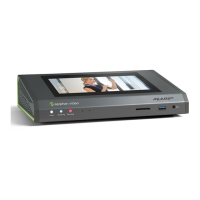What to do if the epiphan DVR stream won't play in my media player?
- MMelissa SextonAug 15, 2025
Ensure that the Stream Type matches with the media player used and that you have the correct URL or SDP file for the player. If you still cannot see the stream, try disabling your local computer firewall.



